?
If you’ve ever dabbled in sewing or have been a long-time sewing enthusiast, you may have wondered whether sewing patterns are reusable or if you need to purchase a new one for each project. Let’s delve into this commonly asked question and find out more about the reusability of sewing patterns.
Reusable Patterns or Single-Use?
Sewing patterns can be broadly categorized into two types: reusable patterns and single-use patterns.
1. Reusable Patterns
Reusable sewing patterns are designed to be used multiple times. They are typically made from durable materials such as paper or sturdy plastic. These patterns are often sold commercially and can be found in sewing supply stores or online marketplaces.
Reusable patterns are versatile and can be adjusted to different sizes and variations, making them a cost-effective option for sewers who frequently work on various projects. They allow for customization, enabling tailoring to individual measurements and style preferences.
Many professional-grade sewing patterns fall under the reusable category, allowing skilled sewers to create garments with precision and accuracy.
2. Single-Use Patterns
On the other hand, single-use sewing patterns are intended for one-time use only. They usually come pre-printed on tissue paper or lighter materials and are often included in commercial sewing kits or specific sewing magazines.
Single-use patterns are popular among beginners or occasional sewers who don’t sew frequently enough to warrant purchasing reusable patterns. They provide convenience as you don’t have to trace or transfer the pattern, but once used, they may not withstand folding, cutting, or pinning for future projects.
Factors Affecting Reusability
Whether a sewing pattern is reusable or not can also depend on various factors:
A. Quality of the Pattern
High-quality patterns, made from durable and robust materials, are more likely to be reusable. Patterns printed on sturdy paper or plastic are generally easier to preserve and use multiple times compared to thinner tissue paper patterns.
B. Complexity of the Design
The complexity of the design may also affect the reusability of a pattern. Patterns for simple, basic garments with minimal pieces are more likely to be reusable than intricate designs with numerous pattern pieces and specific details.
C. Alterations and Modifications
Patterns that require major alterations or extensive modifications may lose their reusability. However, with careful handling and by making reusable modifications such as tracing or photocopying only the necessary parts, patterns can often be adapted for future projects.
Preserving Reusable Patterns
If you have reusable sewing patterns, there are a few steps you can take to ensure their longevity:
- Store patterns in labeled envelopes or plastic sleeves to protect them from wear and tear.
- Avoid cutting out the original pattern pieces; instead, trace or copy them onto another material.
- Make notes and adjustments directly on the traced copies rather than the original pattern.
- Invest in pattern weights to avoid pinning the pattern directly onto fabric, preventing unnecessary damage.
Conclusion
In conclusion, sewing patterns can be reusable or single-use, depending on their quality, complexity, and potential alterations. It is beneficial to have a mix of both reusable and single-use patterns in your sewing arsenal, catering to your specific needs and sewing habits. By properly preserving and handling reusable patterns, you can enjoy their longevity and create countless beautiful garments.
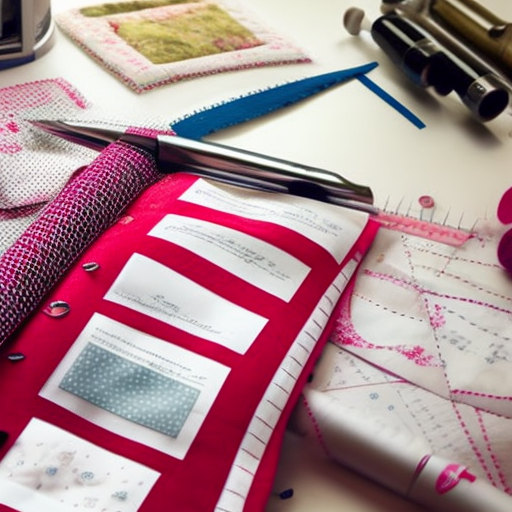
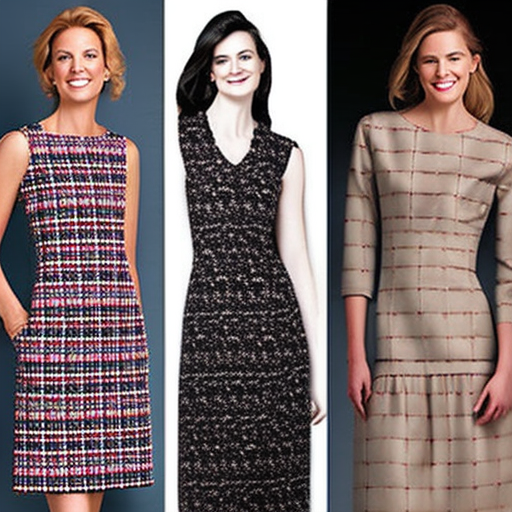
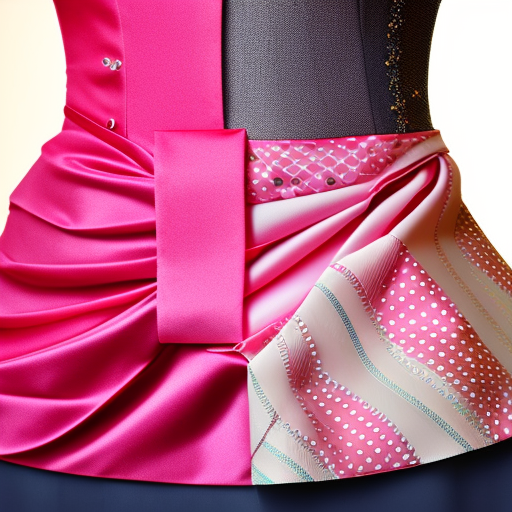
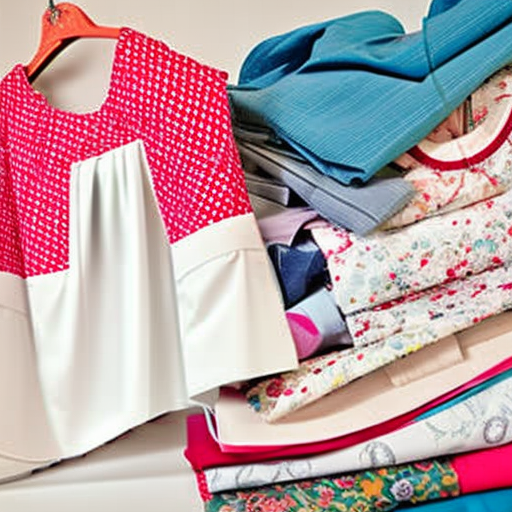
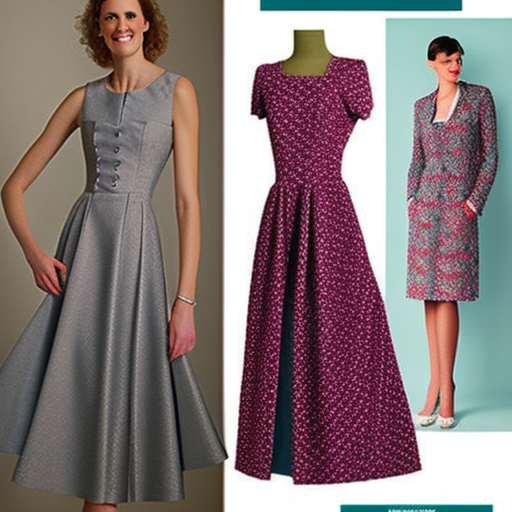
Great post! #sewing #crafts
Ashley Novotny: Absolutely! I love to reuse my patterns to make different garments
Agnese Viola: I’m new to sewing and this is super helpful info to have! #learntosew
Yeah, I always use my tried-and-true patterns when making something new! #patternhacks
Sewing is so much fun and when you can reuse patterns, it’s even better! #sewinglovers